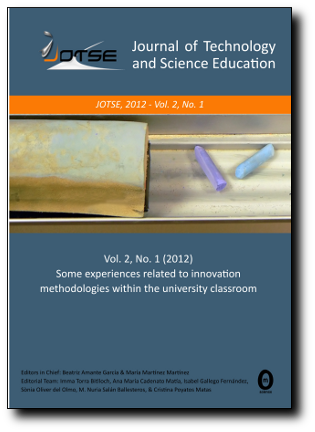Exploring the scientific semantic network of “force” by comparing physics textbooks from Korea, the United States, and Singapore
Abstract
This study aims to extract a scientific semantic network for the concept of "force" by identifying common linguistic phenomena across different countries and languages. High school physics textbooks from Korea, the United States, and Singapore were analyzed. The words used in the textbooks were compared, and common words were extracted. Text network analysis was applied to examine the connections among these words, leading to the derivation of a scientific semantic network representing the concept of force. The results revealed significant commonalities among the textbooks, despite differences in language and culture. The 89 common words accounted for about 41% of the total text, and the top 10 physics terms made up approximately 20%. The scientific semantic network can be used to develop linguistic strategies for teaching physics concepts, propose new methods for evaluating students' understanding of concepts, and create language models for teachers.
Keywords
DOI: https://doi.org/10.3926/jotse.3290
This work is licensed under a Creative Commons Attribution 4.0 International License
Journal of Technology and Science Education, 2011-2026
Online ISSN: 2013-6374; Print ISSN: 2014-5349; DL: B-2000-2012
Publisher: OmniaScience





